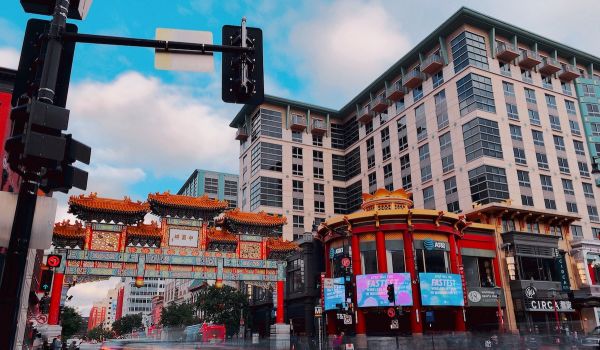If the Obama administration hasn’t done enough to reverse some of the Bush administration’s worst, most clandestine policies, they have at the very least, opened up government in ways previously unimaginable. And this week, they’ve added another website to the list of “open-government” sites they’ve launched in the last two years. The main difference between this new one, Challenge.gov, and the ones before is that Challenge.gov is actually a two-way street; it’s a portal for a bunch of design, paper-writing, and video-making competitions that the government is holding to sponsor innovation, and essentially use the power of the hive-mind more efficiently to help government achieve results. It’s such a sleek, sexy website, it’s hard to believe that it actually bears the .gov stamp, but it does, thanks to hip, New York web developers, ChallengePost.
Launched on September 7th, at the start of the Gov 2.0 Summit 2010, Challenge.gov features 35 competitions, and participation from 16 different federal agencies. The website was created to comply with President Obama’s March 8 Guidance Memo (you can find it here), which bore the subject line “Guidance on the Use of Challenges and Prizes to Promote Open Government”. It cites the President’s Strategy for American Innovation, which called for agencies to “promote and harness innovation by using policy tools such as prizes and challenges.”
Heading “Potential Benefits of Prizes” on the memo is, I think, a bit more interesting, and speaks more to why promoting challenges for government problems is smart policy. Prize competitions will “allow the government to: “Establish an important goal without having to choose the approach or the team that is most likely to succeed; Pay only for results…Stimulate private sector investment that is many times greater than the cash value of the prize…Capture the public imagination and change the public’s perception of what is possible.”
As for that last one, well, let’s not get carried away. It’s not as if there’s a challenge to put a man on Mars on Challenge.gov, though there is one to figure out how to launder clothes in zero-gravity conditions (which, gross! Astronauts wear filthy clothes?). Many of the challenges tend to be much more pedestrian when they aren’t downright morbid; the Middle-Schooler Poster Contest on Carbon Monoxide Safety checks off for both. “Carbon monoxide is called the ‘Invisible Killer.’ Why? Because you can’t see or smell it and it can kill its victims quickly.” See, kids, how fun the federal government can be when it’s more inclusive?
Others, though, have the potential to do what the March 8 memo proposed. The Green Flight Challenge, for example, is looking for a small plane that can fly 200 miles in two hours, using less than one gallon of fuel per occupant. The prize? $1.5 million. Far cheaper than an actual contractor, but enough that plenty or people might take a swing at it. The Department of Energy’s Automotive X Prize is similarly enticing, with a $10 million purse, for creating a very fuel-efficient car.
So far, there is little that relates directly to urban policy, though the DOT has posted one challenge: create a PSA about the dangers of Distracted Driving, and put it on YouTube. Winner gets $2,000 and the video will be posted on Seventeen.com.
While Challenge.gov might have some silly-seeming challenges on it, the taxpayer cost is incredibly low compared to traditional government spending programs, while the potential for innovation is high. It’s essentially the opposite of a no-bid contract, so popular during the Bush years. And who knows, maybe in 2030, the men and women on our first manned mission to Mars will be washing their clothes in a washing machine designed by you!


_600_350_80_s_c1.jpg)













